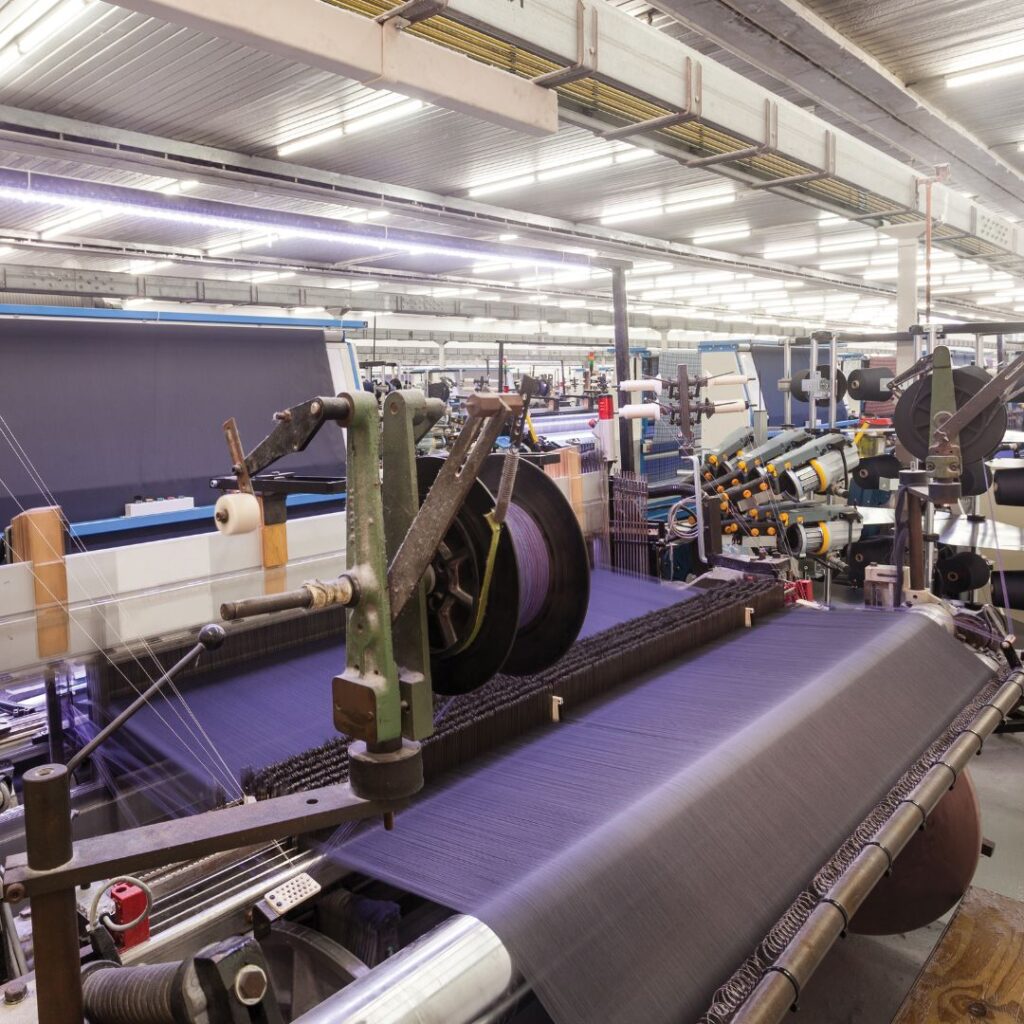Have you ever stopped to think about the role textiles play in our lives? From the clothes we wear to the furniture we sit on, textiles are all around us. And as the world continues to evolve, so too does the textile industry.
In this article, we’ll explore some of the latest advancements in textile technology and its potential impact on the future of fashion and home decor. We’ll also discuss some of the challenges manufacturers face in keeping up with changing trends and consumer demand. So if you’re curious about what’s new in textiles, read on!

Introduction to Technology-Driven Textiles
Textiles are everywhere. You see them in your clothes, your furniture, the curtains in your home. But what you might not know is that textiles are evolving, thanks to advances in technology.
Today’s textiles are more versatile and sustainable than ever before. They’re also more breathable, moisture-wicking and durable. And this is just the beginning. Technology is constantly evolving, and as it does, so too will the textiles we use every day.
So what does the future of textiles look like? That’s a question that’s still being explored. But one thing is for sure: Technology will play a key role in shaping the future of this industry.
The Adoption of Automation & Automated Systems in the Textile Industry
Just as the textile industry has been shaken by the advent of automation and automated systems, so too has the world of fashion. As textiles become more and more advanced, the way they’re produced and consumed is changing.
But it’s not just about speed and efficiency. Automated systems offer a level of precision that simply can’t be achieved by hand. Automated cutters can make incredibly precise cuts, for example, while automated sewing machines can create seams that are practically invisible.
This is all good news for consumers, who can expect to see ever-more advanced and luxurious textiles hitting the market in the years to come. It’s also good news for the environment, as automated systems use far less energy than traditional methods.
Revolutionizing Textiles With Nano Technology
Nano technology is one of the most promising advancements in the textile industry. By harnessing the power of nanotechnology, we’re able to create fabrics with unique and unparalleled properties.
For example, nano-coated fabrics are able to repel water and oil, making them perfect for use in outdoor gear, sportswear and other activewear. They’re also breathable, meaning that you stay cooler and drier when you wear them. And because they’re anti-static, they won’t cling to your skin or clothes.
But that’s just scratching the surface. Nano technology is also being used to create fabrics that can sense and respond to your body’s needs. These so-called “smart fabrics” can detect changes in body temperature, heart rate and other vital signs, and then adjust their properties accordingly. This could have a huge impact on the way we design and manufacture clothing, giving us garments that are not only stylish and comfortable but also tailored to our individual needs.
Leveraging Robotics and AI for Customization & Efficiency
Robots are already being used in textile manufacturing today. But as AI continues to evolve, we’ll see an even greater integration of robotics and AI in the textile industry—for example, in the form of robotic arms equipped with sensors that can identify patterns and defects in fabric.
This technology can be used to create custom clothing and improve efficiency in the textile manufacturing process. For example, by leveraging AI and robotics, one company was able to increase its output of custom-made shirts by 400%.
What’s more, this technology is not just limited to large-scale textile manufacturers. Small businesses and even individual consumers will soon be able to leverage AI and robotics to create custom clothing using 3D printing technology.
Personalization Possibilities With 3D Printing
3D printing technology is also being used more frequently in the textile industry. This technology allows for textile products to be personalized for each individual customer.
For example, a customer could choose the style, color, and pattern of their fabric, and then have it printed in the perfect size for them. This would eliminate the need for mass production of textile products, which often results in a lot of waste.
It would also allow for a more sustainable supply chain, as there would be no need to transport large quantities of textile products around the world. 3D printed textiles could be made locally, on demand.
This technology is still in its early stages, but it has great potential to change the way we produce and consume textile products.
Knowing Your Impact: Smart Fibers & Wearable Tech
And last but not least, there’s the question of impact. How do we know what kind of impact our clothes are having on the environment?
Luckily, there are a few companies out there exploring different ways to make this process more transparent. For example, Thread has developed a way to track the environmental impact of each garment they produce.
And then there’s the question of what to do with all our clothes when we’re done with them. Some companies are looking into ways to recycle our clothes into new fibers that can be used to make new clothes. Others are exploring ways to coat fabrics with nanomaterials that make them self-cleaning or stain-resistant.
Conclusion
So, what does the future of textiles hold? Well, it’s clear that technology will continue to play a role in the development of new fabrics and materials. We can expect to see more advanced and innovative fibers hit the market in the coming years, and manufacturers will continue to explore new ways to improve the performance of textiles.
At Acme Creation we are focusing on sustainability and turning to sustainable technologies and materials to help reduce the environmental impact. In the end, we believe that it’s clear that the future of textiles is bright, and we can look forward to seeing some amazing new developments in the years to come.
